What is Functional Strength Training?

Key Takeways
Strength training is a common component of just about any workout routine. Whether it’s push-ups, dumbbells, resistance bands, or weight machines, any activity that uses resistance to cause your muscles to contract falls under the umbrella of strength training.
So, what exactly is functional strength training? This term has been gaining popularity in the world of health and fitness. But what sets it apart from traditional strength training? What makes it functional?
In this article, we’ll explore the concept of functional training for daily life and everyday activities. Is there any training that isn’t functional? Let’s take a look.
Functional Strength Training Defined
While the term “functional training” has become quite popular, referring to an exercise or a training routine as “functional” can mean many different things. In fact, there’s no general consensus on the definition of functional strength training.
According to some researchers, functional training aims to enhance a person’s ability to function in everyday life, while also minimizing the risk of injury. But how is that different from traditional strength training?
Some researchers believe it’s best to avoid using the term “functional” when describing activities. They’re of the opinion that there’s no evidence to suggest that functional training is meaningfully different from traditional training.
From walking to the store, to carrying home groceries and stocking the shelves, such simple, daily routines require full body strength, flexibility, coordination, and balance.
Functional training is intended to help cultivate these physical facets. But how are these not also considered traditional forms of training? Functional strength training, as well as traditional training, may include exercise that involves the following:

- Targeting entire muscle groups, as opposed to a specific muscle.
- Incorporating multiple joints at a time.
- Engaging auxiliary muscles that help with balance and motion.
- Functional movements associated with the tasks of everyday life.
Both functional training and traditional training involve training movements, as opposed to just muscles. They’re focused on strengthening and building muscles associated with balance and bodily control, as well as those involved in joint function and general mobility.
Like physical exercise in general, functional training is meant to encompass a whole spectrum—from weight training to walking, from Olympic gymnastics to simply scaling a flight of stairs. Indeed, you can begin to understand how almost any type of strength training can in essence be functional!
Benefits of Strength Fitness Training

The benefits of any type of strength fitness training may include, but are not limited to:
- Building up groups of muscles.
- Enhancing balance and motor coordination.
- Increasing overall range of motion.
- Improving the ability to perform daily activities.
- Reducing the likelihood of injury during everyday life.
- Helping to enhance, restore, and even rehabilitate neuromuscular function.
A training program which incorporates many types of exercises may offer a wide array of benefits and improvements to overall quality of life.
Risks of Functional Fitness Training
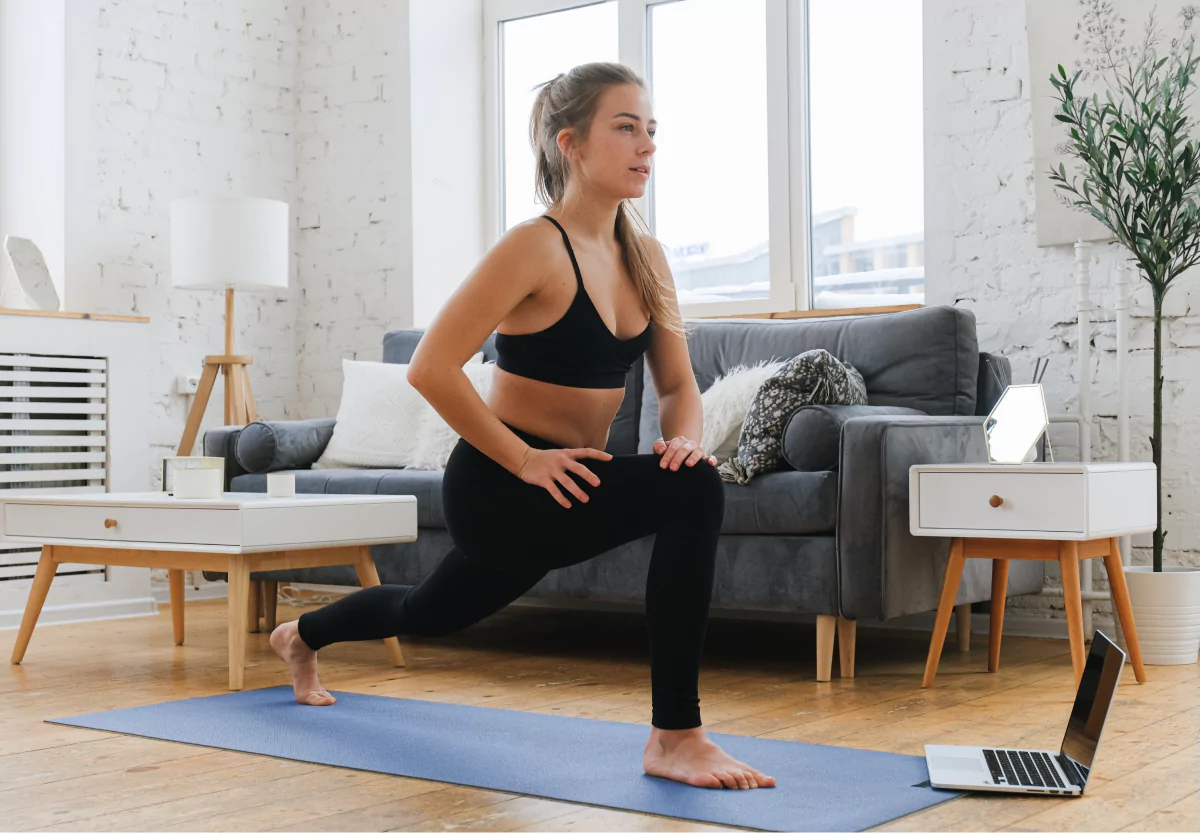
All types of training may focus on the avoidance and prevention of injury. By mimicking regular movements encountered in everyday life, a variety of them can help build up muscles associated with such activities as:
- Walking
- Squatting
- Reaching
- Standing and sitting
- Lifting and moving objects
Some professionals point out that single-muscle, high-load exercises may put undue stress on the body. In contrast, functional exercises may distribute the resistance load among a number of different muscles and joints. However, as mentioned earlier, there’s no consensus about what counts as functional exercise and what really makes it different from traditional exercise.
Of course, no physical exercise is entirely without risk.
In the case of any type of training, the main source for potential danger would be in performing a routine that’s improperly suited to one’s own level of physical fitness and activity. The key here is to follow a routine that’s appropriate for your fitness level.
Who is Functional Strength Training For?
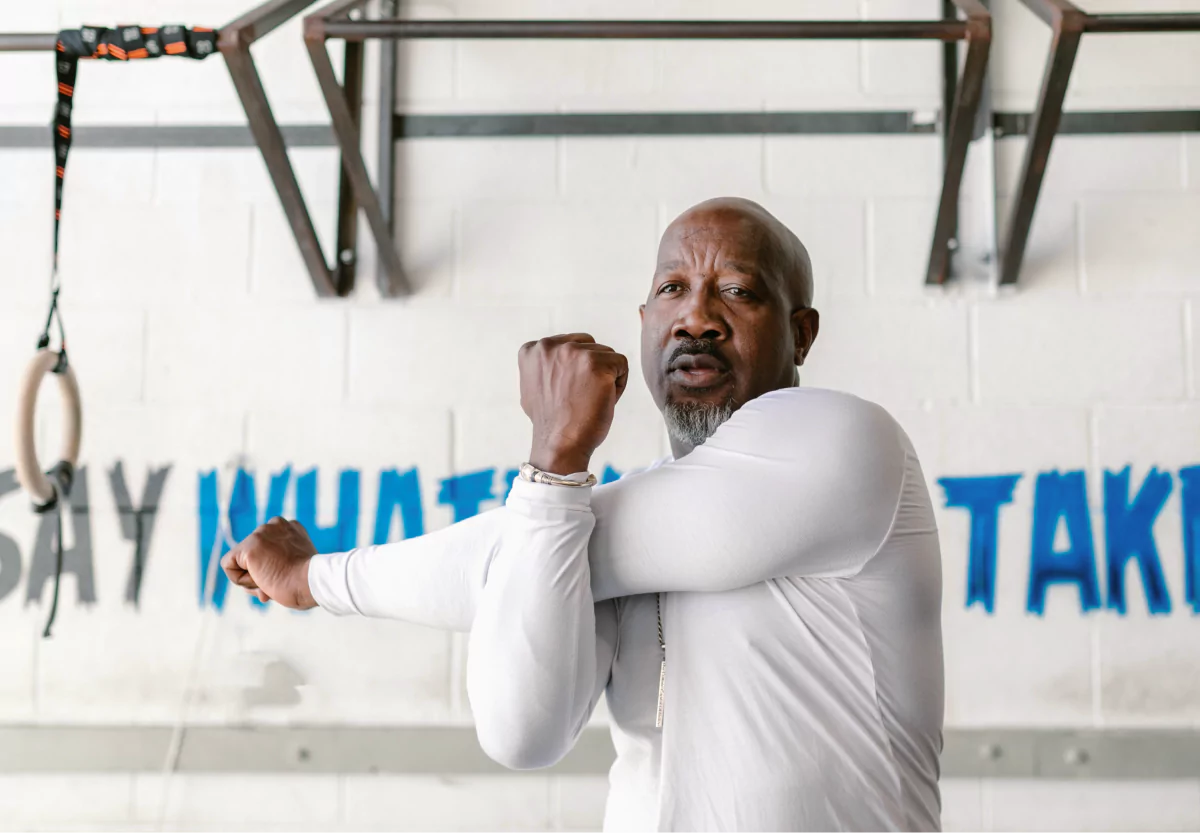
Since there may likely be no meaningful difference between functional strength training and traditional strength training, nearly anyone may benefit. From enhancing stability and balance, to increasing one’s spectrum of movement, the applications for movement are wide-ranging.
Many types of strength training are as much at home in professional athletic training, as they are in a person’s recovery from ACL reconstruction. When done appropriately, they can be helpful in preventing fall-related injury among the elderly, and even in the prevention of back pain.
Types of Functional Training Exercises
Now let’s get into some of the specific exercises that may be considered functional strength training movements but are actually part of traditional training as well. To start, let’s go over some of the common movement patterns involved:
- Squat
- Lunge
- Pushing
- Pulling
- Hinge
- Twist
- Walking
Strength training can use either your own body, or external weights, as a source of resistance. The key is that the muscles moving against that resistance are working freely and as a group.
Some common examples of functional strength training exercise which are also traditional training exercises include:
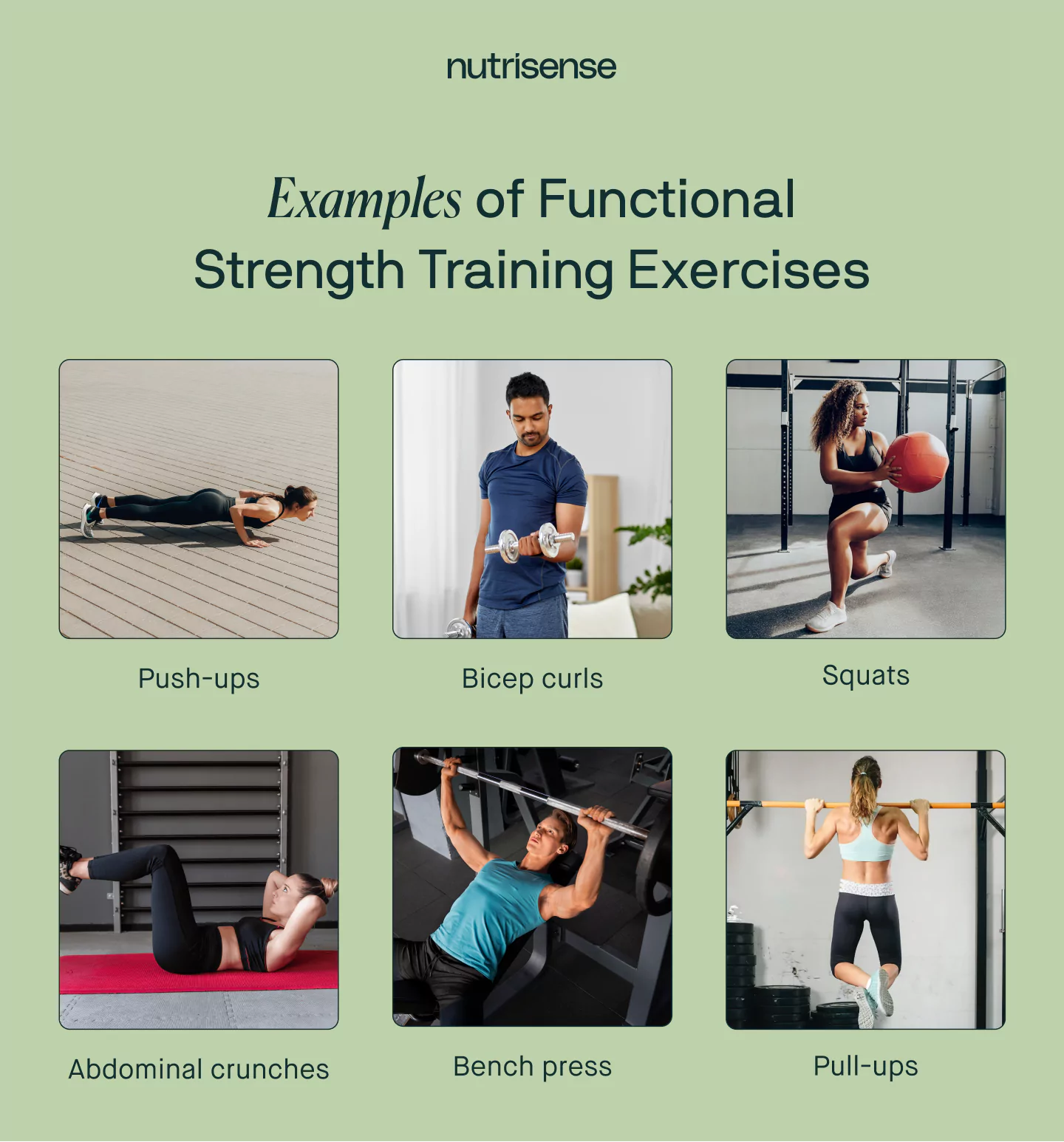
- Push-ups
- Pull-ups
- Squats
- Abdominal crunches
- Bicep curls
- Bench press
To maximize your training routine, consider incorporating dumbbells, barbells, and kettlebells, as well as a set of resistance bands.
Try This Sample Strength Training Workout Routine

Now we’ll take you through a simple full body workout routine that you can try on your own! If what you see here sounds a little too intimidating for you right now, don’t despair.
Start slow with some basic activities from everyday life and you’ll soon be well on your way to a more advanced routine.
Warm Up
Every good workout starts with a light warm up to ease you into the swing of things. Get started with 10 minutes of inclined treadmill walking, jogging, or stationary bike.
Circuit 1 (Push Press, Pushups, and Renegade Row)
Next, we’ll move on to the first set of training exercises. Perform three sets of eight reps for each exercise.
1) Dumbbell Push Press

- To start, grab your dumbbells and set them on the ground a few feet apart.
- Bend down in a squatting motion and pick up the weights, being sure to lift with your legs.
- Bring the dumbbells up in a curling motion and set them on your shoulders, with your elbows pointing straight down.
- Then, perform a short dip by bending at the knee, and on the way back up, use the momentum to bring the dumbbells straight up and over your head.
- Your arms should extend upward in a straight line until fully extended. Finish the movement by bringing the weights back down to your shoulders.
2) Pushups
Next up, we’ll do a round of pushups. Chances are, you’re already acquainted with the pushup, but just in case, here’s a little refresher.
- Start belly-down on the floor, bend your elbows, and fully extend your arms to bring yourself up into the starting position.
- Making sure to keep your body as straight as possible, bring yourself down until your elbows are at a right angle.
- Push yourself back up to the prior position.
3) Renegade Row
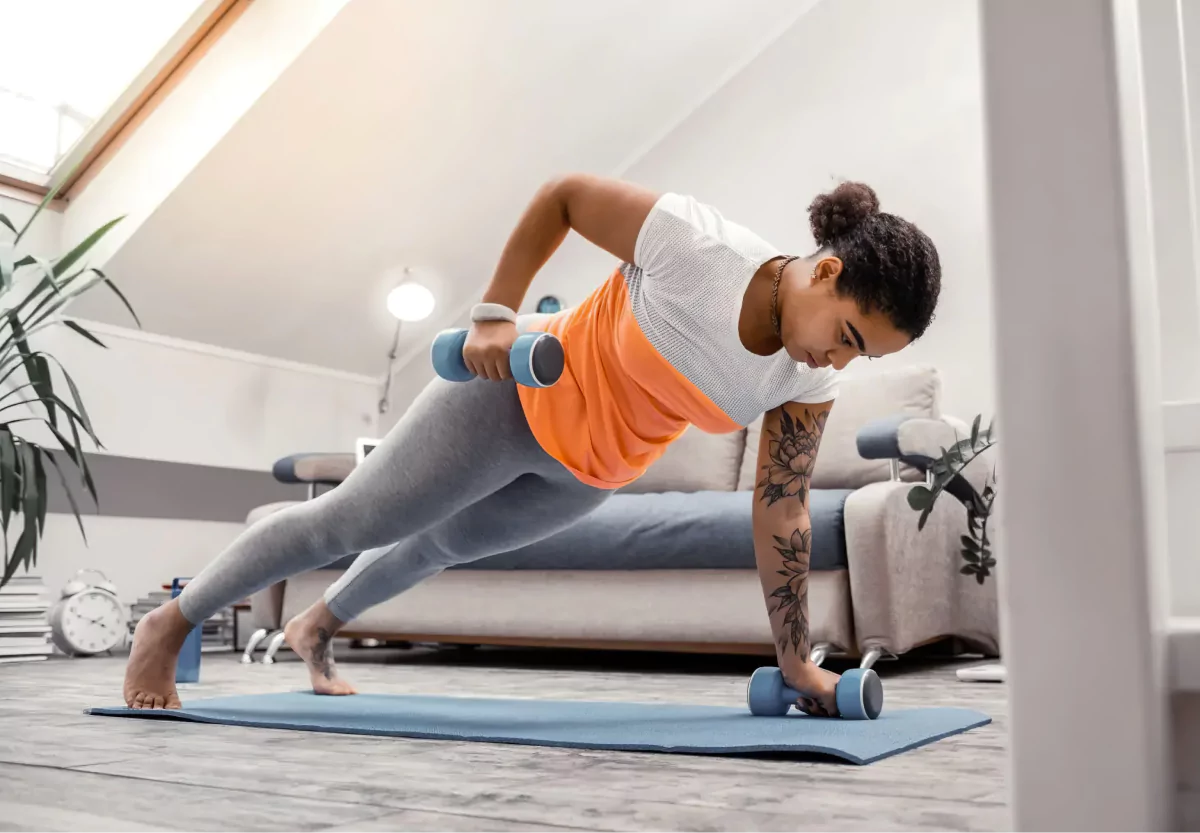
- Grab a single dumbbell and set it to the side of where you performed the pushups in the last step.
- Without breaking the push up pose, reach down and grab your dumbbell with one hand and use the dumbbell to hold yourself up.
- While maintaining this pose, lift the dumbbell upward and back, roughly to your hip, until your elbow forms a right angle.
- Bring the dumbbell back down, and repeat for eight total reps on each side.
Circuit 2 (Lunges, Kettlebell Swings, and Deadlift)
For this next set of exercises, we’ll do three sets of 12 reps.
1) Dumbbell Lunges

The dumbbell lunge engages both the upper body and lower body. It will require space for a forward lunge, so make sure you have a similar amount of space as you did for the pushups.
- Grab your dumbbells and stand up straight with your arms fully extended downward, holding the weights at your sides (palms facing your body).
- Keeping the dumbbells at your sides and holding your torso up straight, take a large step forward, bringing the knee of your leading leg to a right angle.
- Keep the foot of your other leg where it was, rising onto the ball of that foot and bending at the knee to accommodate the extension.
- Return to the prior upright position, then repeat this movement to complete the set.
2) Kettlebell Swings
For this exercise, you’ll need a single kettlebell. Kettlebell exercises are a great way to build strength throughout the whole body.
- Keeping your back in a straight line, bend at the knees and hips to pick up the kettlebell by the handle (with your palms facing towards you).
- Lift the kettlebell up off the ground, returning to a standing position.
- Then, hinge at the hips and begin swinging the kettlebell straight back and forward, between your legs and then out in front of you.
- Using the momentum, bring the bell up higher each time, until your arms are extended straight out in front of you at the highest point.
3) Deadlift

The deadlift is a great way to build back and leg strength. For this exercise you’ll need two dumbbells or a barbell.
- Stand between the bar (or use two dumbbells) with your feet hip-width apart.
- Bend at the knees and hips and grab the bar or weights with your palms facing toward your body.
- With your knees as close to a right angle as possible, begin rising straight upward, leaving your arms fully extended downward while bracing your core.
- After extending to a standing position, begin slowly going back down the way you came, and repeat.
Circuit 3 (Step Ups, Broad Jumps, and Inchworms)
For the final set of strength exercises, we’ll be doing three sets of 10 reps.
1) Step Ups

For step ups, you’re going to need a stable surface of roughly knee-height. You can use an outdoor ledge, a step stool, or a sturdy bench. The surface will need to support your entire body weight.
- Placing one foot on a bench or elevated surface, lift the other foot off the ground and bring yourself to a standing position, but without planting that foot on the surface.
- Pause, then slowly lower yourself back down onto the foot you lifted.
- After 10 reps, switch feet and repeat.
2) Broad Jumps
Broad jumps are great for lower-body strength. For this exercise, you’ll need quite a lot of space—as much as 10 feet in length, and at least four feet wide.
- Stand with your feet parallel and shoulder-width apart.
- Bend at the knees and hips to draw power to propel yourself forward, bringing your arms up behind you for balance.
- Bringing your arms forward with you, propel yourself forward in a jump, lanind safely in the same squatted position you exited from.
- Turn around and repeat, going the opposite way.
3) Inchworms
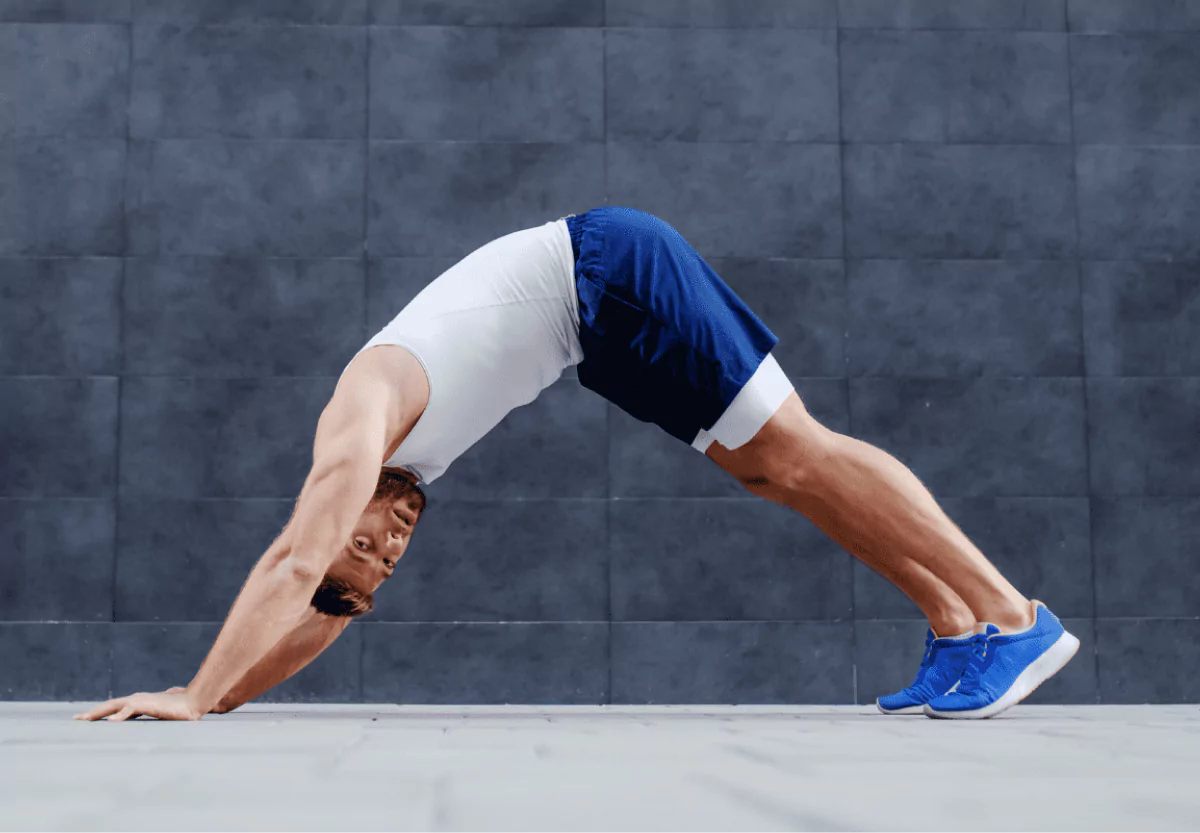
Inchworms are a great abdominal exercise to strengthen your core, as well as your shoulders and arms. This exercise is best performed on a yoga mat.
- Stand at one end of the mat, hinge at your hips, then bring your hands down to the mat.
- Begin walking your hands out as far as you can—even beyond the push-up position, if possible—while holding the rest of your body up on your feet and hands and engaging your core.
- Then, begin walking your hands back until you are back in the hinged hip position.
Cool Down
Finish up with five minutes of treadmill walking, jogging, or stationary bike, and then make sure to stretch well.
And that’s it! Whether you’re training for competitive athletics, or just want to have better control over your body, all types of strength training may be considered functional and are excellent tools to have at your disposal.
Find the right Nutrisense programto turn insight into progress.
Go Beyond Glucose Data with Nutrisense
Your glucose can significantly impact how your body feels and functions. That’s why stable levels are an important factor in supporting overall wellbeing. But viewing glucose isn't enough. Nutrisense, you’ll be able to learn how to use your body's data to make informed lifestyle choices that support healthy living.
One-to-one coaching
Sign up to access insurance-covered video calls to work with a glucose expert: a personal registered dietitian or certified nutritionist who will help tailor your lifestyle and diet to your goals.
Monitor and measure what matters
With the Nutrisense CGM Program, you can monitor your glucose with health tech like glucose biosensors and continuous glucose monitor (CGM)s, and analyze the trends over time with the Nutrisense App. This will help you make the most informed choices about the foods you consume and their impact on your health.
Find your best fit
Ready to take the first step? Start with our quiz to find the right Nutrisense program to help you take control.

Heather is a Registered and Licensed Dietitian Nutritionist (RDN, LDN), subject matter expert, and technical writer, with a master's degree in nutrition science from Bastyr University. She has a specialty in neuroendocrinology and has been working in the field of nutrition—including nutrition research, education, medical writing, and clinical integrative and functional nutrition—for over 15 years.




